
No, Machu Picchu will remain open throughout 2026. According to the latest update from the Ministry of Culture, the DDC (Dirección Desconcentrada de Cultura Cusco), and SERNANP, Machu Picchu is fully operational, including all its designated visiting circuits.
The only concern expressed by the Ministry of Culture is the limited availability of tickets. Many of the Machu Picchu circuits are already sold out for this year. If you are planning to visit in 2026, we strongly recommend that you check ticket availability as early as possible.
Circuit 2 Machu Picchu (the most popular) is currently unavailable, and the remaining circuits have very few seats left. Don't wait too long - Machu Picchu may be open, but you won't be able to enter the citadel without a valid ticket. It would be like finding Machu Picchu "closed".
Machu Picchu is considered the most important tourist attraction in Peru, along with Kuelap and Choquequirao.
Each year more than 6,000 travelers arrive in Peru with the dream of visiting Machu Picchu. Unfortunately, many are surprised to discover that there are no tickets available and they miss the opportunity to see this wonder of the world. It's also worth noting that the Inca Trail undergoes maintenance every February. However, this does not affect access to the citadel of Machu Picchu itself.
In this blog, we'll explain the reasons behind the rumors of Machu Picchu's closure in 2026 - and what you need to know to plan a successful visit.
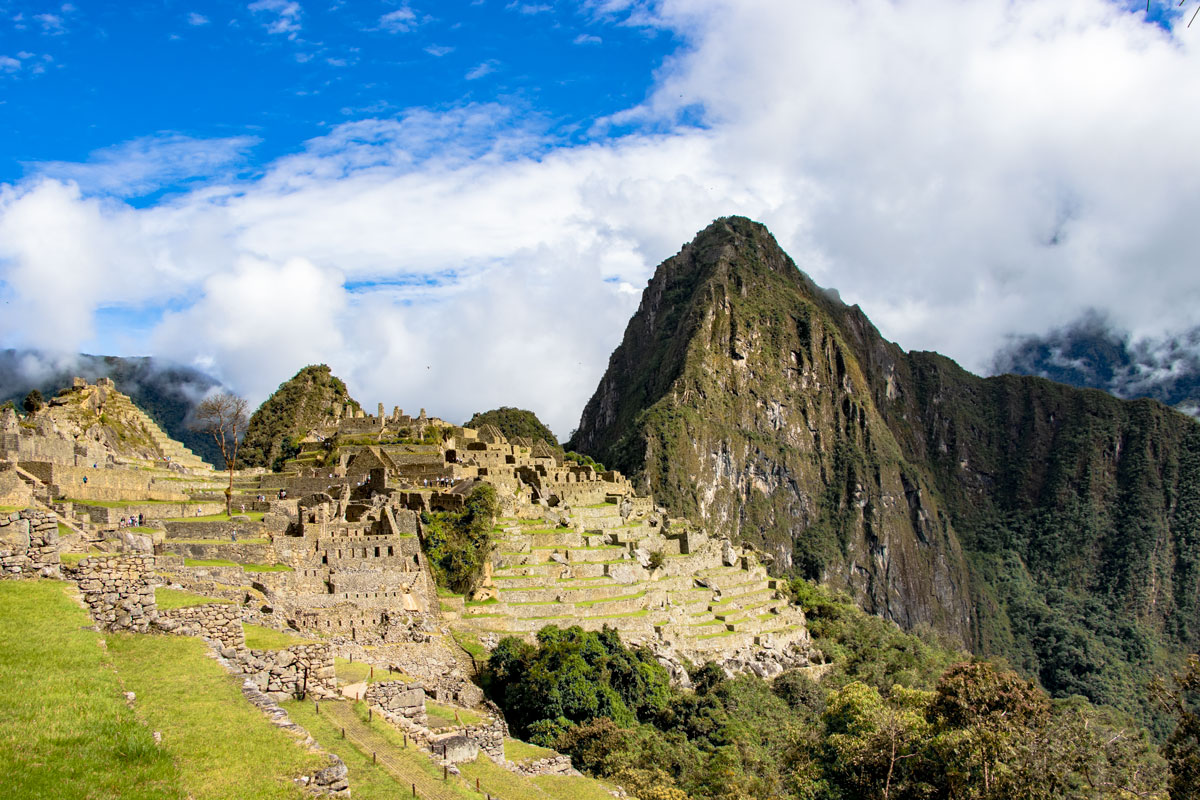 |
Machu Picchu Peru |
There are several reasons why Machu Picchu may be temporarily closed during your visit. In this article, we’ll highlight the most important ones. But first, it’s essential to understand where Machu Picchu is located and how to get there. With this basic knowledge, the reasons for potential closures will make more sense.
Here are the main reasons Machu Picchu may be inaccessible to travelers:
Every year, Machu Picchu is affected by climate change, which impacts the access routes. While there are multiple ways to reach Machu Picchu, the main ones are the Inca Trail, the Amazon Route, and the train. The train is the only motorized transport that gets you directly to the town of Aguas Calientes, the gateway to Machu Picchu — all other routes involve hiking.
During the rainy season, the Vilcanota River can overflow, and landslides or collapsed railway tracks can block access. These weather-related disruptions can severely impact train services, making it impossible to reach Machu Picchu by rail.
Heavy rainfall typically occurs from December to April, especially in January, February, and March, leading to travel delays and route closures. In extreme cases, both entry and exit from Machu Picchu can be completely cut off due to unsafe conditions on alternative trails.
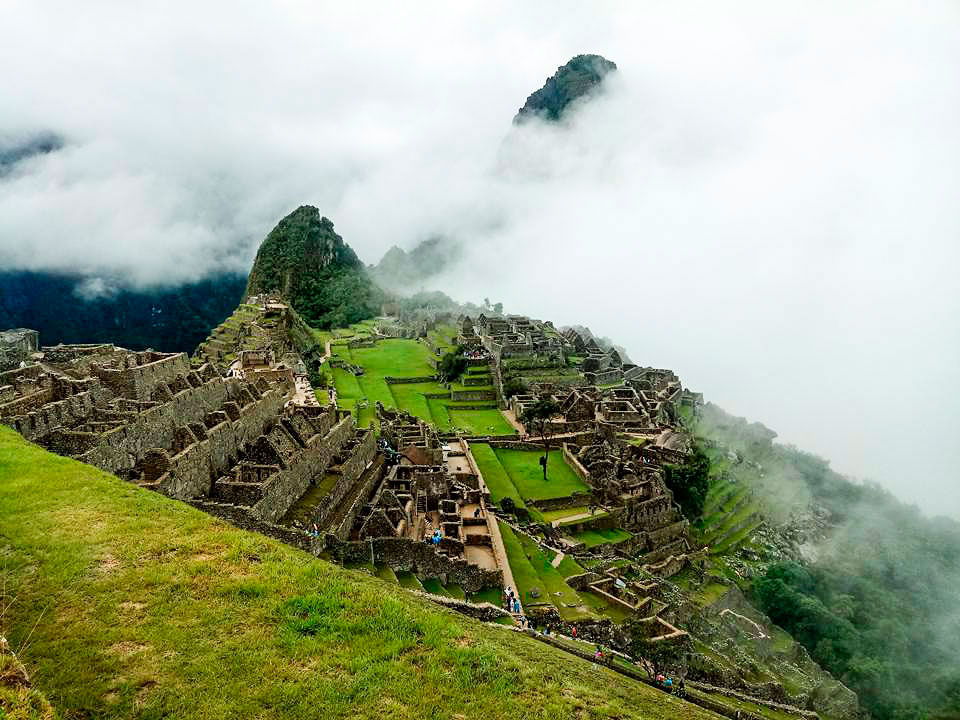 |
Machu Picchu closed: Weather |
Recommendation: Plan your trip with at least one extra day in your itinerary. This buffer can help you avoid missed connections or flights in case of weather-related delays.
Peru is generally a safe and stable country for tourists. However, political instability or economic dissatisfaction can lead to strikes that severely affect tourism — especially access to Machu Picchu.
In Cusco, common causes for strikes include rising fuel prices, agricultural issues, government privatization efforts (including proposals related to Machu Picchu), and general dissatisfaction with the national administration. When protests occur, locals often block roads and railway lines that connect Cusco to Machu Picchu. These strikes can last 12 to 24 hours, or sometimes even several days, depending on the situation.
Strikes often happen without prior notice and can become tense or even violent. If you're traveling with a reputable tour operator, your guide can assist in navigating the situation — sometimes even negotiating safe passage.
Recommendation: Always check the local news or consult your travel agency before your trip. It’s better to delay your plans than get caught in a strike without support.
One of the most common — and easily avoidable — reasons travelers are unable to visit Machu Picchu is ticket unavailability. Entry is now regulated through three official circuits, with Circuit 2 (Classic Machu Picchu Route) being the most in-demand. This circuit includes key spots such as the Main Plaza, the Temple of the Sun, and the Sacred Rock.
To secure a spot on Circuit 2, it’s recommended to book at least 6 to 7 months in advance. Circuits 1 and 3 are also available but offer shorter or more panoramic visits.
If you wait until arriving in Aguas Calientes to buy a ticket, you risk being disappointed. Lines can exceed 2,000 people daily, and availability is never guaranteed.
Recommendation: Book your Machu Picchu ticket online or through a certified tour operator before your trip. Do not rely on last-minute availability in Aguas Calientes.
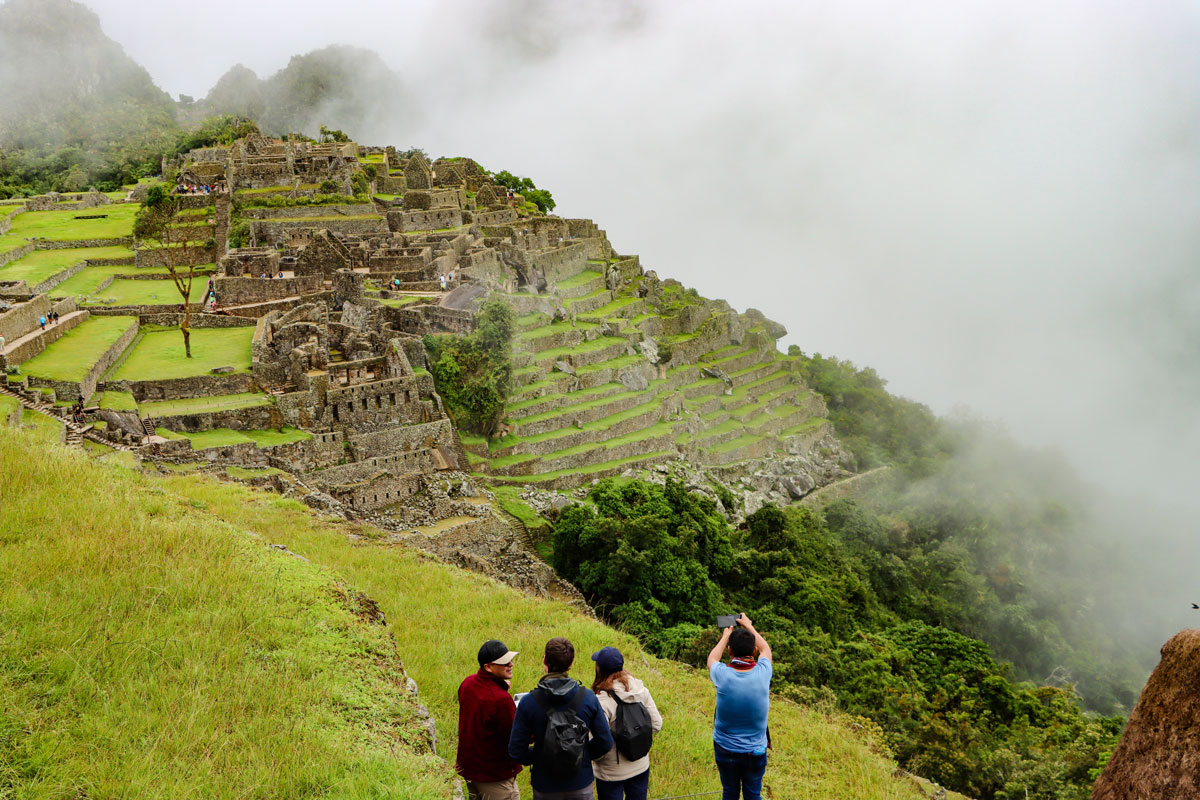 |
Machu Picchu to Close |
On March 16, 2020, the Peruvian government closed all borders and suspended access to major tourist destinations — including Machu Picchu — in response to the COVID-19 pandemic. The iconic site remained closed for nearly a year.
Since then, the way visitors experience Machu Picchu has changed. To avoid overcrowding, the government implemented strict circuit systems and health safety measures, including timed entry and limited group sizes.
Although Machu Picchu is now open, future global health emergencies could once again lead to temporary closures or travel restrictions.
Recommendation: Stay informed about global travel alerts and Peru’s entry requirements before your visit. Follow official guidance and travel with flexible plans, just in case.
While Machu Picchu is not permanently closed, temporary closures and access issues can occur due to weather, strikes, sold-out tickets, or global events. To ensure a smooth experience, plan ahead, book early, and stay informed. Machu Picchu is a once-in-a-lifetime destination — don’t let poor planning or unforeseen events keep you from experiencing this Wonder of the World.
February is one of the months of the low season in Machu Picchu. One of the reasons for the low influx of visitors is the rainy season from December to March. These rains can make the stone roads a bit slippery and the fog is constant. On the other hand, during the days of light rain you can see a landscape of Machu Picchu with few clouds and probability of rainbows. An unforgettable scene!. Remember that the famous Inca Trail Close during this month because of the climate and to maintenance the route, but Machu Picchu NEVER CLOSE.
Every year, between mid-January and March, the Salkantay Trek faces serious challenges due to extreme weather. This trail, known for its stunning views and connection to Machu Picchu and a popular alternative to the Inca Trail in Peru, is often affected by heavy rains and changing climate patterns. In 2025, the situation worsened - the Salkantay Trek was closed for two full months to protect travelers and workers along the route.
During this rainy season, landslides, rock falls, and blocked trails are common along the trail. These hazards interrupt the flow of the trek and create dangerous conditions, sometimes requiring emergency evacuations.
Despite these known risks, some tour operators continue to offer treks during this time. They promote the experience to tourists, and when trouble strikes, trekkers are often rescued mid-hike. But it's not the trekkers who suffer the most - it's the animals.
The mules and horses used to carry equipment and supplies face the harshest conditions. Many are injured or swept away by landslides and swollen rivers. Muleteers, aware of the dangers but driven by economic necessity, continue to work in hopes of earning an income. Unfortunately, this often puts their animals in serious danger.
In early 2025, a heartbreaking video surfaced online showing a horse slipping off a muddy trail and falling into a ravine. The muleteers—who depend on these animals for their livelihood—could only watch helplessly. The video sparked outrage, especially when it was revealed that the trek had been organized by a prominent company in the Peruvian tourism sector—one that was fully aware of the seasonal dangers.
The closure of the Salkantay Trek in 2025 highlighted a deeper problem in adventure tourism: the pressure to continue operations even when human and animal lives are at risk. Responsible travel means respecting natural seasons and protecting those who make these experiences possible, including the animals that carry the load.
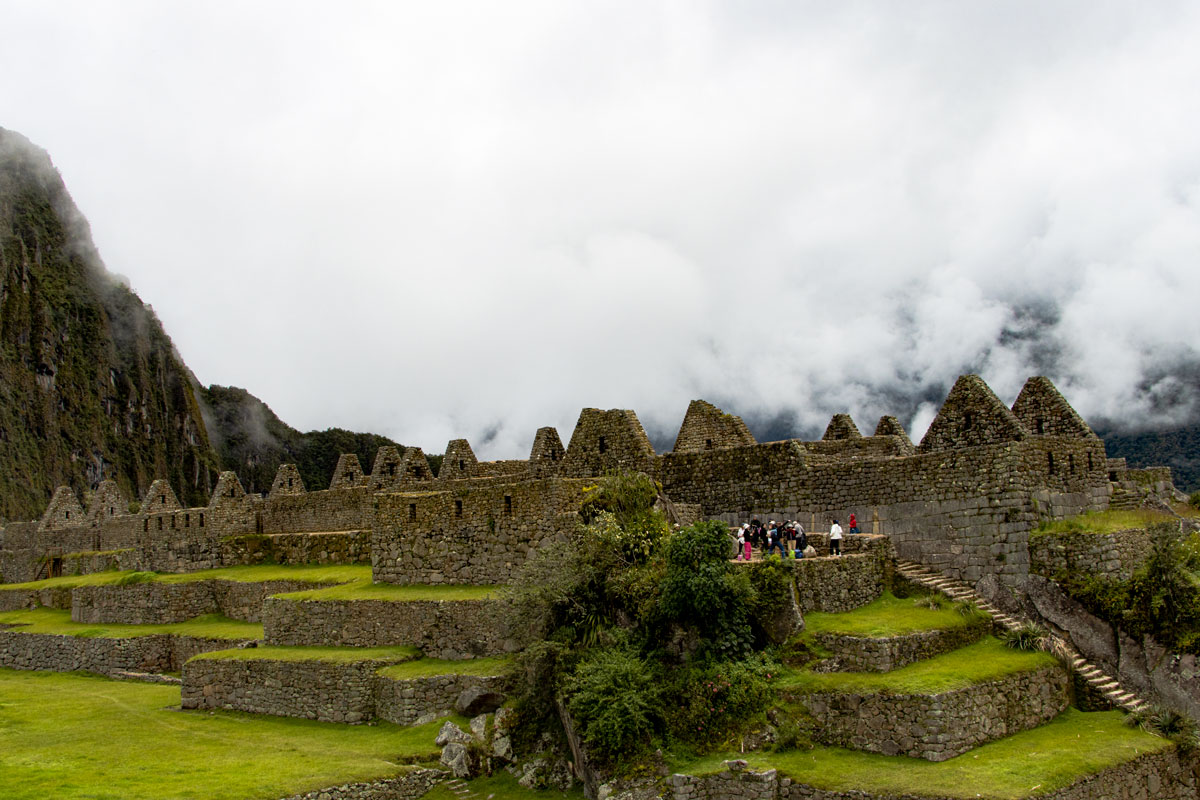 |
Is Machu Picchu Open?: During the rainy season, it is possible that Machu Picchu may be closed. |
It occurs between April and October and for many, although not for all, it is the best time to travel to Machu Picchu; The sun shines all day and there is almost no rain, allowing you to perform, without much care, the treks to the mountains of Machu Picchu, to obtain the best aerial views of the Inca city with the blue sky in the background.
However, you will have to take turns in the places, with many other people who chose this time to visit Machu Picchu; and in case you did not know, during the dry season, there is also the "high season of tourism", so you will have a lot of company. This season makes entrance tickets to Machu Picchu, train tickets and hotels, must be booked at least 3 months in advance. If you want experiences like the Inca Trail or the Huayna Picchu Mountain, you will have to book your deposit 6 months before.
As you can see, entering Machu Picchu on the Inca Trail in February is impossible. If you only have free time to visit Machu Picchu in February, you will have to arrive by train through a 2 hour trip through the Sacred Valley. Another option is to get to Machu Picchu through the alternative route of Hydroelectric. This form is longer (lasts 7 hours approximately) but more full of adventure.
If you want to get to Machu Picchu walking in February, you can choose other incredible routes.
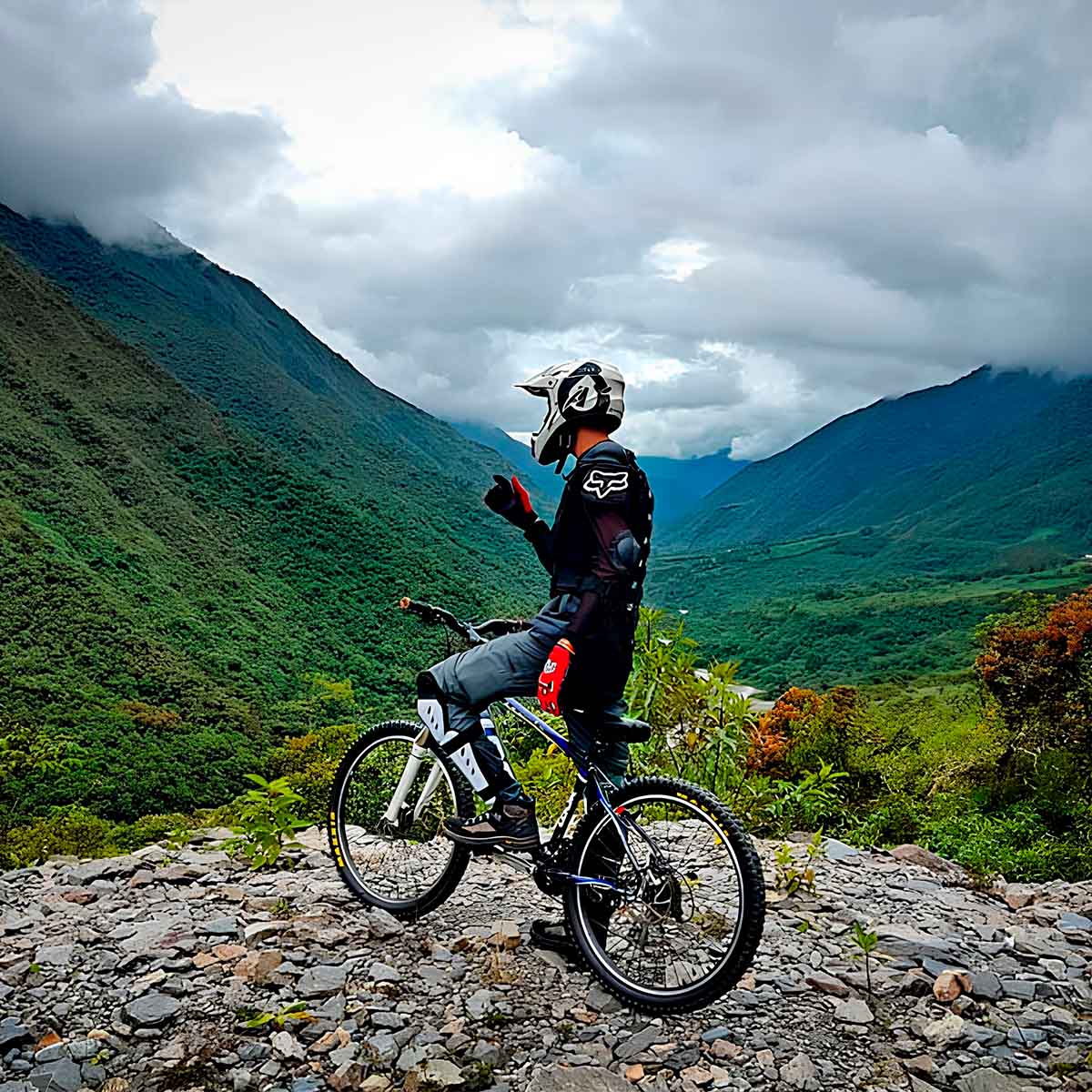 | 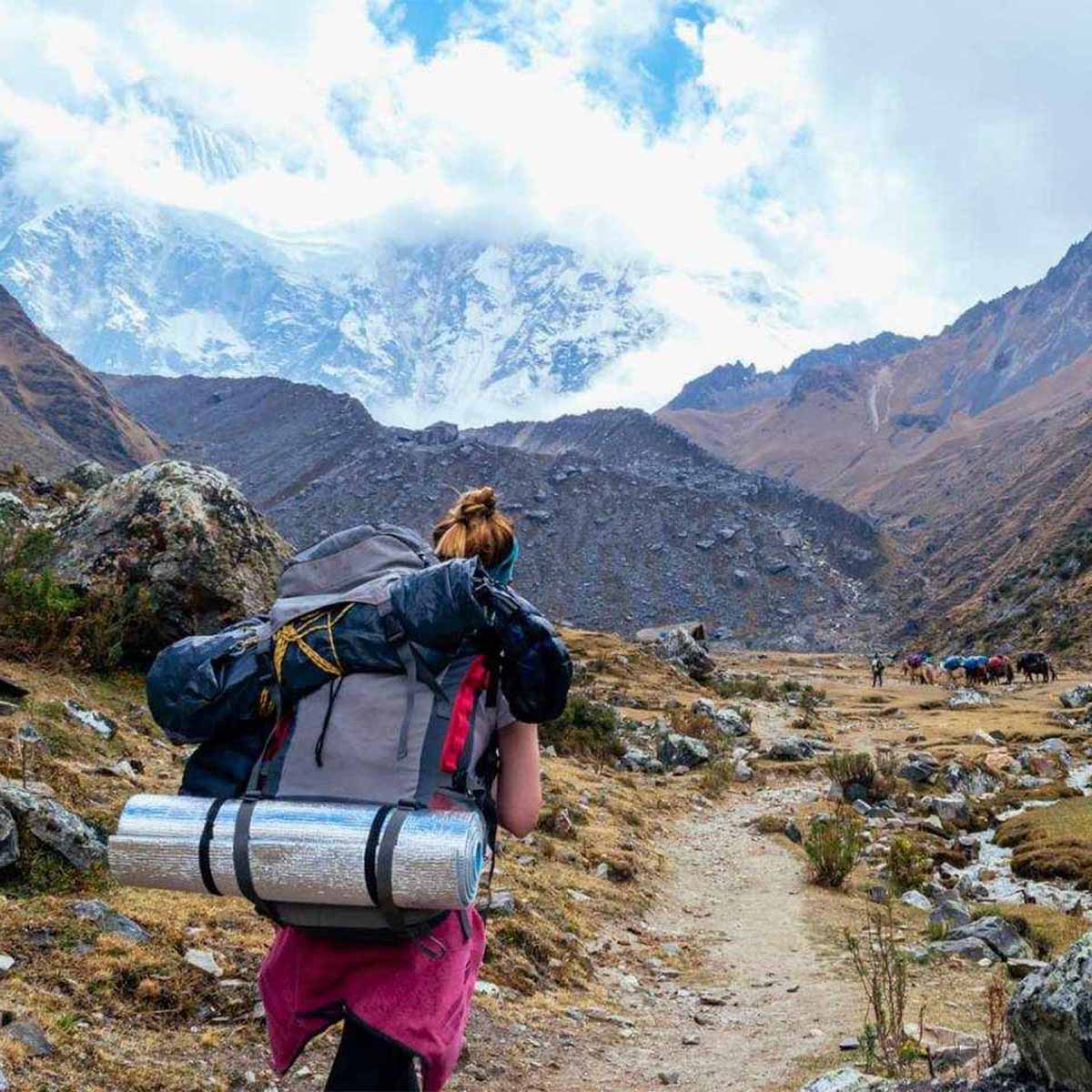 |  |
During the days of February, the most traditional neighborhoods of Cusco and the entire Andean region dress up as part of the carnival. This month is perfect for travelers who want to experience Peruvian culture to the fullest. Do not miss a fun trip in Peru enjoying these destinations:
Machu Picchu is now open as well as the 4 Day Inca Trail, and Short Inca Trail. make your bookings now!!
Once opened the Machu Picchu, it is possible to do the Salkantay Trek and other alternative trek to Machu Picchu.